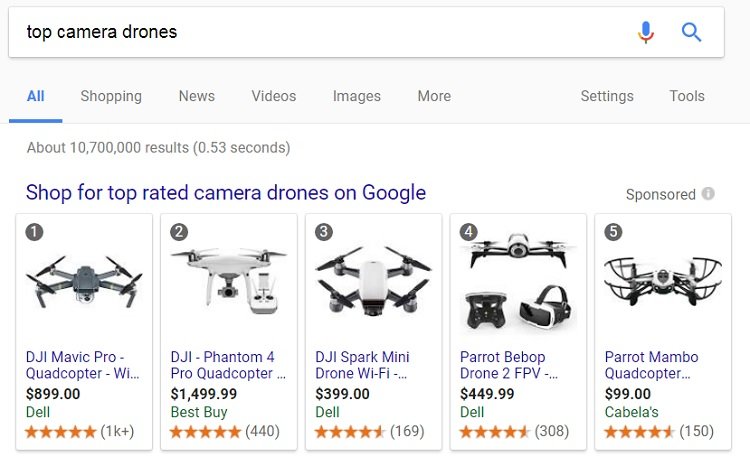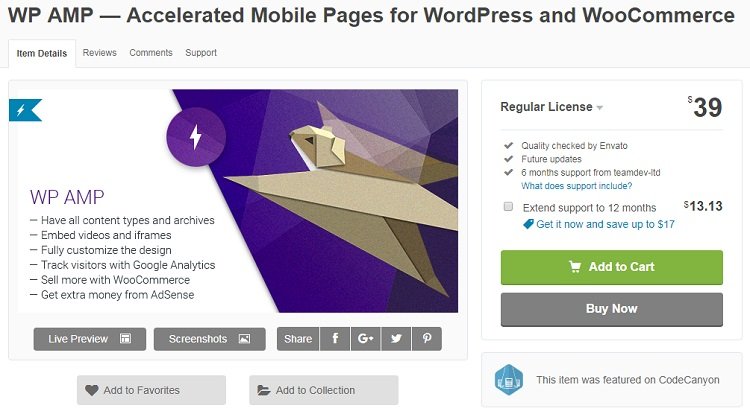We are omnichannel shoppers.
The omnichannel shopping experience is doing online research then buying in-store.
Though, it goes both ways (looking in-store then going home to buy online).
This is a blessing and challenge for affiliate marketers promoting physical products.
Our typical approach for promoting affiliate offers consists of:
- Reviews
- Tutorials
- Guides
Savvy, omnichannel shoppers use this information, avoid our calls to buy, and head over to the store to make a well-informed purchase. Leaving us without the commission after the hard work to convince and persuade.
This has a flip-side.
75% of shoppers are doing mobile research while in-store. If these content pieces are present when they’re doing this research, then you could bring them home and buying through your affiliate links.
So…
How do you target omnichannel shoppers?
What actions do you need to take so they’ll use your affiliate links versus heading off to the store? And what about those coming back from window shopping to buy online?
Look at this Infographic about Omnishoppers (It’s Jaw-Dropping)
Criteo did a study, for AdWeek, with 2,500 people to understand their buying habits.
I could get into it, but the image speaks volumes:

And if you want to further explore this topic then read BigCommerce.com’s omnichannel report. The report goes into incredible detail how brands bridging online and physical locations. With big takeaways such as price, shipping cost/speed, and discount offers being the most influential factors.
Hint: This will be part of your edge.
Target Omnichannel Shoppers in Their Micromoments
Alright, this is getting a little out there but stay with me for a second.
“Micromoments” are those moments of desire.
Lisa Gevelber, VP of Marketing at Google, defines them as the:
- I-want-to-know
- I-want-to-go
- I-want-to-do
- I-want-to-buy
This is a lot like how we see marketers targeting “near me” with their niche websites. There’s an immediate need mixed with intent. We all have them – they’re the basis for our impulse shopping.
How many times have you looked at a product on the store shelves, whipped out your phone, and double checked the price (or tried to find it cheaper)? Often.
We’re using our tech to satisfy this need for instant gratification.
To make sure our judgments are justified.
So…
How would you, affiliate marketer, present this instant gratification?
Google AMP
Google’s AMP is basically rank #0 in search results.
This is information that comes up without someone needing to go to the website.

It’s probably the best way to target omnichannel shoppers because it contains the vital information people seek when they’re browsing through mobile when in-store: pricing.
A super-easy way to add necessary AMP structure is the WP AMP plugin.

The plugin will automatically convert your pages into mobile-friendly, AMP pages. Then it’s your task to refine your content creation to increase their likelihood of being included as the #0 result.
This usually means clear, defined:
- Lists
- Tables
- Blurbs
In affiliate marketing, this would be creating step-by-step tutorials when using a product (satisfying the I-want-to-know micromoment) or a pricing table (satisfying the I-want-to-buy micromoment).
Coupons & Discounts
I came across an interesting thing while digging through analytics for a client.
A coupon site that referred a couple sales.
It wouldn’t have been odd – coupon sites are common to do so – if it wasn’t the fact the site basically scraped the other coupon sites and replaced links with their affiliate links.
Put the two-and-two, together.
People will look for deals when they’re staring down a product on the shelf.

If you saw a coupon code (to get 10-20% off) you’d hop in your car to go buy online or just buy it then and there – walking out with nothing but getting a package in 2-3 days.
Many affiliate programs offer coupon codes.
Placing the coupon code at the top of the well-ranking page will greatly increase your chance of a commission when you target omnichannel shoppers. It immediately touches on better pricing then hits them with detailed information for their research.
A Good Ol’ Review
Standing in front of a product doesn’t give you a lot of information.
You can read the label and project an idea of how you’d use it but that’s about it.
People going to the store after research will likely buy it there — but not always – because if you create a review so great and inject a compelling offer then you’ll likely catch them in that moment.
This means you need the extras to get them interested – talk about the:
- Shipping time and process
- Warranty and guarantees
- Supporting information
- Community involvement
The easiest way to accomplish this is with graphics.
- Video
- Images
- Infographics
Graphics help people overcome that distaste for online shopping — a distaste where they can’t touch and feel the product.
Think about it:
That’s why you’re going to the store vs buying online – you want that special feeling you get when holding the product – a way to justify the purchase.

Don’t have any to use?
Scrape some from free photo sites or from graphic design bundles.
Else, grab them from e-commerce sites or go the extra mile to take pictures in-store.
Maybe – gasp – buy the product so you can create full reviews and get to show it off.
A 5-Min Strategy to Target Omnichannel Shoppers (You Really Need to Try)
We’ve covered what omnichannel shoppers are.
We’ve listed ways to target omnichannel shoppers.
Now we want you to take five minutes to devise a plan…
- Segment of your market that identifies as omnichannel shoppers
- Reach out and ask what you could provide to keep them buying online
- Work toward obtaining AMP placement with your helpful content
- Use more images in the posts you already have (every 2-300 words or so)
Look at your analytics and find one of the better-performing pages.
Update it with these features and try adding pop-ups with a WordPress popup plugin that you can set to only target mobile users with items like discount codes and coupons.
Give it a try.
It shouldn’t take longer than five minutes.

These omnichannel shoppers are a little difficult to target – but it’s not impossible.
They’re doing the research and ready to buy.
Get your content between them and the product on the shelf.
You could convince and convert them back to the online side…
…the side containing your affiliate links.




